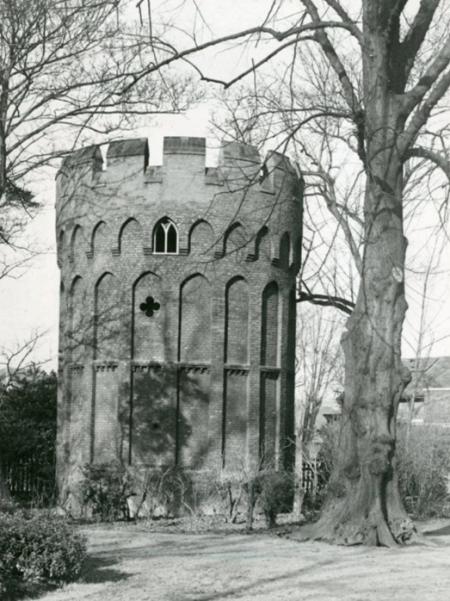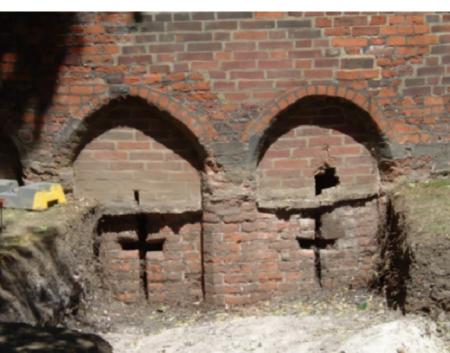Built in 1514 using locally made bricks, the Grade 1 listed tower is the oldest visible part of Bruce Castle. A similar Tudor brick porch on the neighbouring parish church of All Hallows has crenellations that echo the design of the Tudor Tower and its craftsmanship.
Sir William Compton, Groom of the Stool and a royal favourite of Henry VIII, was Lord of the manor and during his upgrades of the building added this tower to the estate. Mystery surrounds what the tower was used for. Its history has always intrigued.
When Henry Hare, 2nd Lord Coleraine, was Lord of the manor at Bruce Castle, he was investigating the history of Tottenham in 1701. Almost 200 years after the tower was built, Henry - a keen antiquarian - was unclear about its history.


